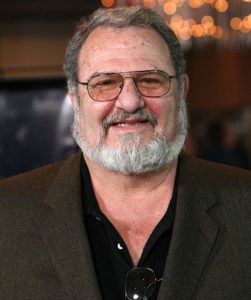 John Milius is a true Hollywood legend; a rare screenwriter whose notoriety is due not only to his work, but his flamboyant, eccentric personality, which inspired the Coen Brothers to create the character of Walter in The Big Lebowski.
John Milius is a true Hollywood legend; a rare screenwriter whose notoriety is due not only to his work, but his flamboyant, eccentric personality, which inspired the Coen Brothers to create the character of Walter in The Big Lebowski.
Milius’ story is an atypical one since the beginning. As a teenager, he was a mixture of a delinquent and an avid reader who at one point tried to enlist the Marines. Feeling devastated after his rejection, he decided to study film at the USC after discovering Kurosawa’s films. College would mark the beginning of a long friendship with George Lucas.
Like many other screenwriters, he had to write several low-profile screenplays before truly earning a reputation, a process in which his colourful personality proved to be more than helpful –he requested a gun as part of the payment for rewriting Dirty Harry, and claimed that the iconic “I love the smell of Napalm by the morning” line came to him in a dream. Robert Shaw’s famous Indianapolis speech in Jaws was also originally written by Milius.
There are endless anecdotes about this unique screenwriter who defines himself as a “Zen Anarchist” and a sort of Hollywood deviant. After serious financial difficulties in the early 2000’s, his career relived when he found a niche in TV screenwriting and co-created the HBO series Rome.
List of John Milius Scripts:
(1971) Dirty Harry (uncredited)
(1972) Jeremiah Jonson
(1972) The Life and Times of Judge Roy Bean
(1973) Dillinger
(1973) Magnum Force
(1975) The Wind and the Lion
(1978) Big Wednesday
(1979) Apocalypse Now
(1979) 1941
(1982) Conan the Barbarian
(1984) Red Dawn
(1987) Extreme Prejudice (story)
(1989) Farewell to the King
(1991) Flight of the Intruder
(1994) Clear and Present Danger

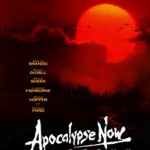
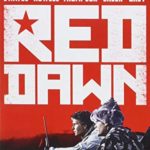
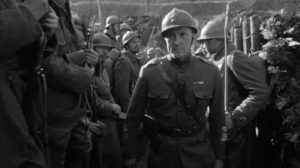
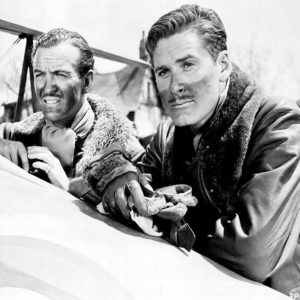


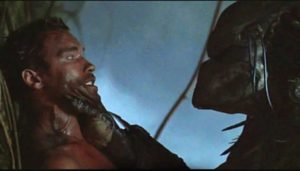
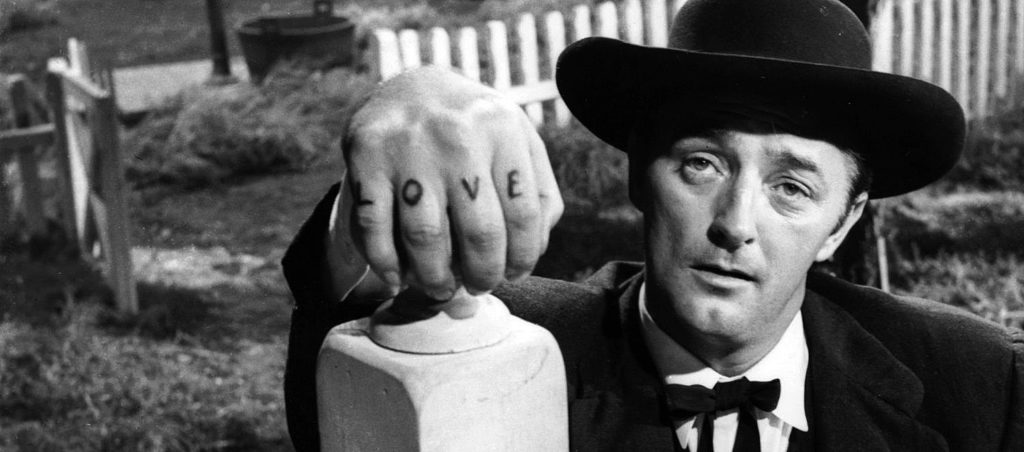
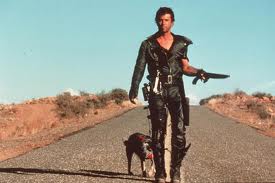


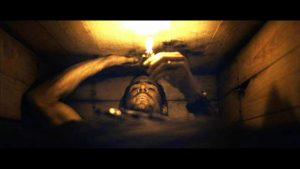

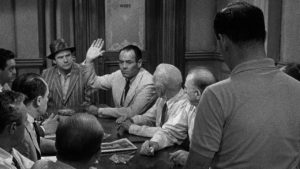
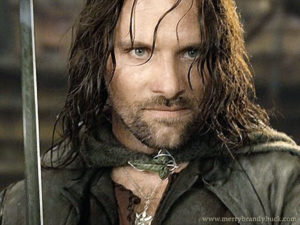


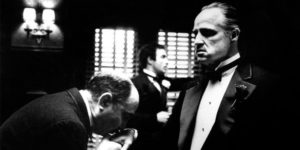
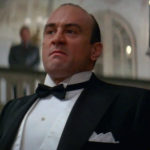
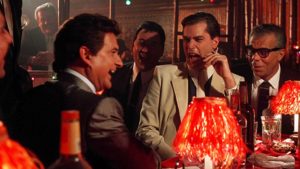









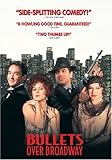








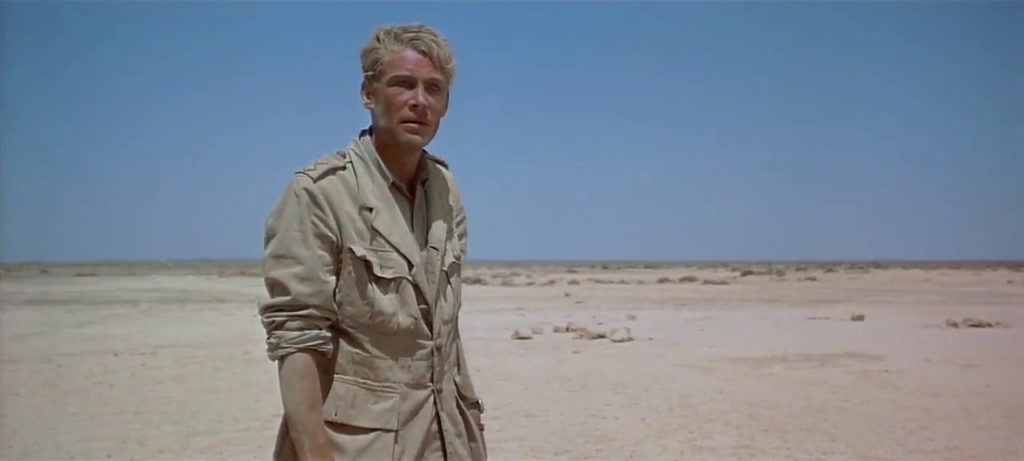

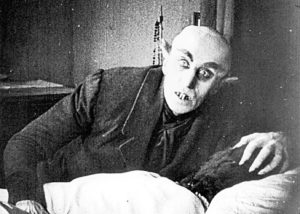
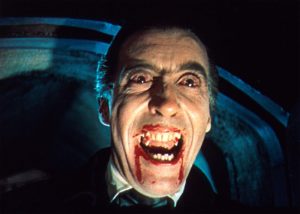
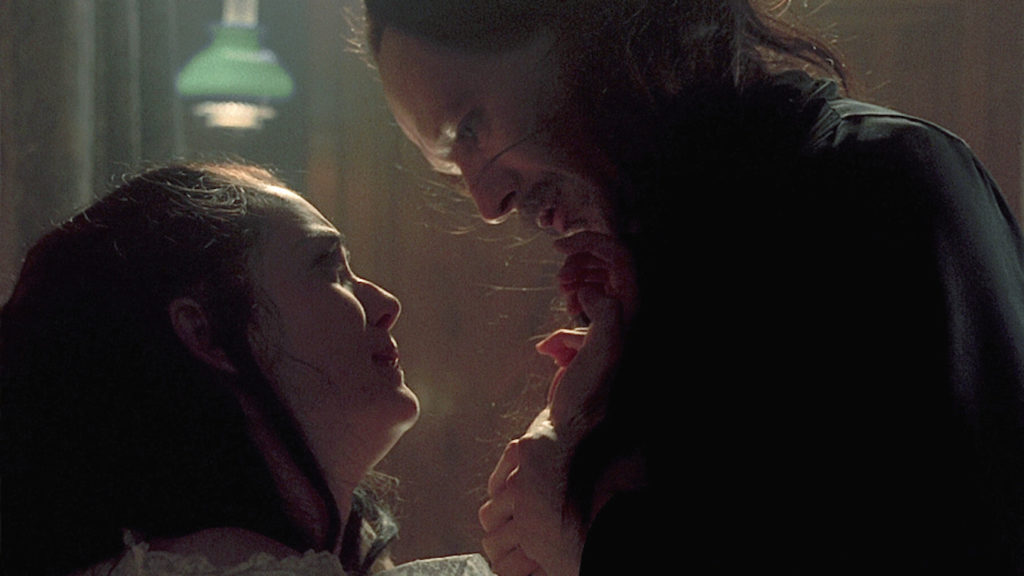
You must be logged in to post a comment.